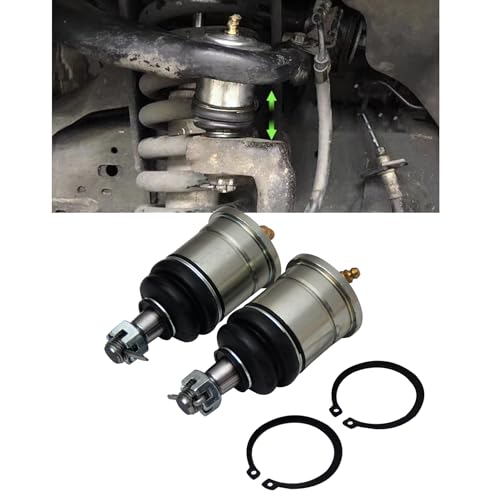Further update - Hand primed, now the interesting part is that there is a valve between the fuel filter and pump that ensures that air & fuel is bled out of the fuel supply lines and fuel rail prior to any incoming fuel from the filter (this is the 3 way connector), so given that, we should fairly quickly get a clear bleed. As soon as you open any injector line air is able to enter when bleeding (I've checked = true) so once you have a clear bleed via the manual prime and the pump has pressure, there is no place for the air or fuel to go except out the injectors. My test this morning was 1. clear bleed, 2. open the injector line and crank the engine with the Fuel Rail Pressure Regulator Actuator (FRPRA) unplugged. This resulted in No fuel, I then connected the FRPRA and we had supply, but in my opinion not enough. Re-bled the system, engine crank and a limited amount of fuel.
Now here's the big question - does this mean the fuel pump is defective? Remember we should have 145psi of fuel pressure in the rail & I also tried the process with one injector open, which if all is well should provide some minor pressure to the Fuel Rail Pressure Sensor certainly enough to allow a prime flow of fuel. (Note -Info on the operation is contained on Pge 1234 of the workshop manual, for those who are following)
Given that the pump has done 220,000 km and it's quite possible that something has entered the pump, it looks like I need to replace it - ouch $1000+
Interested in comments before I take the leap of faith in my diagnosis.




























